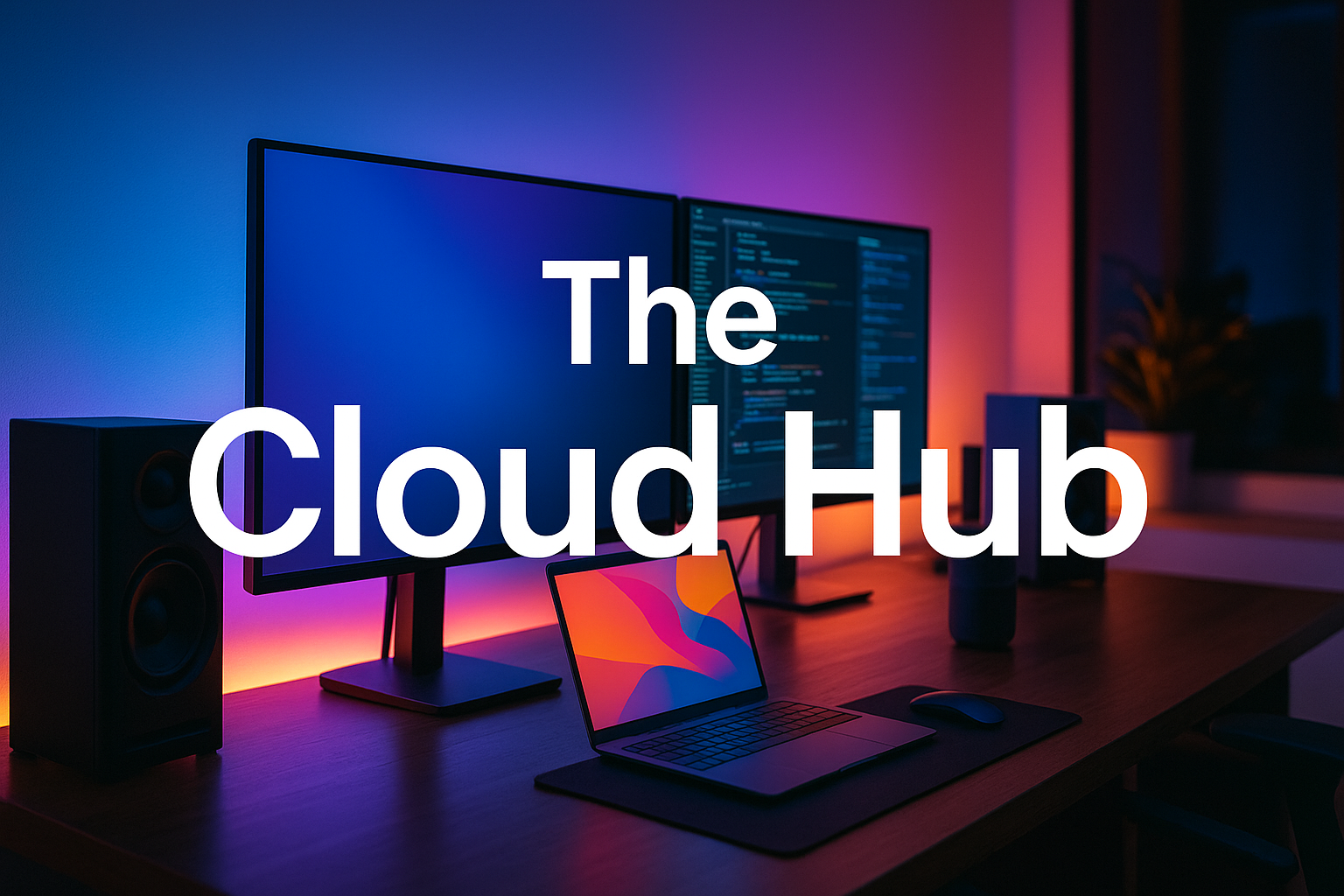In today’s rapidly evolving digital world, traditional IT security systems are struggling to keep up with the increasing sophistication of cyberattacks. As cyber threats continue to rise, it’s becoming clear that legacy systems are no longer sufficient to protect organizations. Recently, security experts from Google Workspace, Mandiant, and Google Chrome came together to discuss these challenges and explore more secure alternatives.
The Rising Threat of Cyberattacks
The frequency and sophistication of cyberattacks have cast a spotlight on the vulnerabilities of legacy IT systems. Financial incentives for cybercriminals, combined with the inherent weaknesses of outdated on-premises systems that require frequent patching, create a perfect storm for security breaches. Legacy systems, designed before the internet era, rely heavily on thick clients, manual updates, and on-premises infrastructure, making them easy targets for modern attackers.
Andy Wen, Product Leader for Google Workspace Security, pointed out during the panel discussion, “the old legacy IT stack is not working.” He emphasized that these systems, built before the ubiquity of the internet, are inherently flawed in today’s threat landscape.
Proactive Defense Strategies
To stay ahead of cyber threats, organizations need to adopt proactive defense strategies. Loren Hudziak, Customer Engineer from ChromeOS, shared how Google’s ChromeOS provides a fundamentally more secure approach. With a read-only design, cloud-first approach, and automatic updates, ChromeOS eliminates many of the vulnerabilities associated with legacy systems.
The panelists debunked the misconception that on-prem systems are inherently safer than the cloud. Hudziak presented data and insights that highlight the advantages of Google’s cloud-native solutions, which offer better security and more efficient management compared to traditional IT systems.
Rethinking Your Security Posture
Rethinking your security posture with a cloud-native approach is crucial in today’s threat landscape. The experts discussed how prioritizing data, delivering perfect messages, and automating processes can help organizations build a repeatable, scalable, and profitable outbound sales process. By transitioning to a cloud-native infrastructure, businesses can reduce their reliance on outdated systems and better protect themselves against cyber threats.
Andy Wen also highlighted how younger employees are quick to adapt to these new systems: “After the switch, these companies also find that the new generation of workers will come in already experienced using Google Workspace applications in their educational context.” This shift not only enhances security but also improves productivity and cost savings in the long run.
The Human Element in Cybersecurity
While technology plays a crucial role in cybersecurity, the human element cannot be overlooked. Employee education and user-friendly security features are vital in minimizing risks. Google Workspace and Chrome prioritize secure defaults and built-in safeguards to address human error. The panelists acknowledged the challenges of transitioning from legacy systems but underscored the long-term benefits, including enhanced security, cost savings, and improved productivity.
Conclusion
The escalating frequency and sophistication of cyberattacks have made it clear that legacy IT systems are no longer adequate. As cyber threats continue to evolve, organizations must adopt a cloud-native approach to secure their IT infrastructure. By leveraging Google’s cloud-native solutions, businesses can stay ahead of attackers, protect their data, and ensure a more secure future.
For a deeper dive into these topics and to learn how your organization can transition to a more secure IT infrastructure, watch the full panel discussion on-demand. Discover how adopting a cloud-native approach can fortify your defenses against modern cyber threats.

Aug 8, 2024 7:54:17 PM





